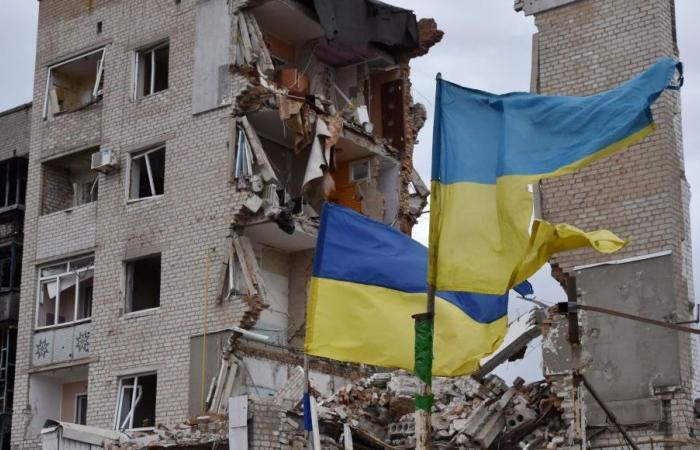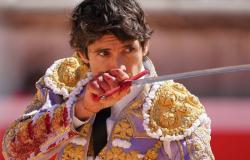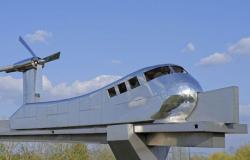The war in Ukraine is prolonged. However, the acceleration of support from the Biden administration before Trump took office and the relative exhaustion of the belligerents raises questions about the future of the conflict. On the ground, the human and material consequences are disastrous and lasting. What is the current military situation? How are the Russian and Ukrainian political systems adapting to the war? What are the Russian and Ukrainian positions regarding the opening of possible peace negotiations?
American authorization, a turning point in the conflict?
Historian Guillaume Lasconjarias underlines that the American authorization, announced this Sunday, November 17, to use its ATAKMS missiles against targets on Russian territory marks a strategic turning point for Ukraine: “These systems have a longer range and can strike deep into Russian territory, enabling long-range precision strikes.“However, it seems necessary to temper the immediate impact of this decision. Indeed, Russia has partly adapted to this type of threat, although, symbolically, this demonstrates that Ukraine is no longer in a solely defensive position, particularly since its incursion into the Kursk oblast. Despite Russian warnings and the potential consequences of the scale of aid from European and North American countries, Guillaume Lasconjarias emphasizes that retaliation. of Moscow has so far not exceeded the order of the threat: “Over the past thousand days, each new Western military aid has sparked fears of a brutal response from Russia, but these threats remain largely rhetorical.“
International issues Listen later
Lecture listen 11 min
The belligerents face long-term war
In 2014, during the annexation of Crimea and the more or less camouflaged invasion of Donbass, Russia relied on the possibility of abandonment by the West, in favor of a purely symbolic and diplomatic. In 2022, Moscow planned its strategy on a rapid collapse of Ukraine in order to present its supporters, including France, with a fait accompli. This long and difficult war is explained by Anna Colin-Lebedev, who describes an exhaustion of Russian resources: “This war has a very significant cost for the Russian army and for those in power. Victims are increasing, and this limits intervention capabilities. It is estimated that 150,000 to 200,000 Russians lost their lives in combat, compared to 60,000 Ukrainians.“The North Korean presence, represented by an expeditionary force of more than 10,000 men, is commented by Guillaume Lasconjarias:”We know that there are around fifteen thousand North Korean soldiers, but their real military capacity remains uncertain. North Korea has not been in conflict since 1953. Who will be in charge? Russian-speaking Korean officers are rare, and Korean-speaking officers on the Russian side even fewer.“
With philosophy Listen later
Lecture listen 58 min
What peace demands for Ukrainians?
The election of Donald Trump, who promised to end the conflict “in a few days”, and his possible collusion with Russia, raise concerns about the outcome of the conflict and the peace conditions that could be negotiated. In this context, researcher Anna Colin-Lebedev summarizes the expectations of Ukrainian society: “Any discussions must guarantee Ukraine’s sovereignty and meet Ukrainian interests. For Ukrainians, it is absolutely unacceptable to leave territories like Zaporizhia and Kherson under violent and murderous occupation.“Demilitarization, which could be demanded, is firmly rejected:”For Ukrainians, the demilitarization of Ukraine would very clearly be an explicit authorization given to Russia to occupy the territory.“Finally, for the researcher, the hot point of the negotiations could also revolve around the question of Crimea:”This territory was Russified for ten years, but the Ukrainians developed a policy of de-occupation of the institutions remodeled by Moscow.“
In Ukraine, civil society mobilized but worn out
If Ukraine’s resistance to the Russian invasion of January 2022 is due to its army, long-term resistance is possible thanks to the financial and military aid of its allies as well as the mobilization of civil society Ukrainian. This latter phenomenon is described by Anna Colin-Lebedev: “The Ukrainians organize defense extensively from below, by collecting money, building drones, and training civilians and soldiers.“This dynamic, however, reflects a problem between military requirements and citizen expectations:”The Ukrainian army today is in tension between the need to have more men on the front and the demand for an army more respectful of citizens’ rights.“Guillaume Lasconjarias puts this in perspective with political systems and their reaction to a war situation:”This is the way a democracy wages war, compared to an autocracy.“
International issues Listen later
Lecture listen 14 min






